The Ultimate Guide to Zero Waste Living
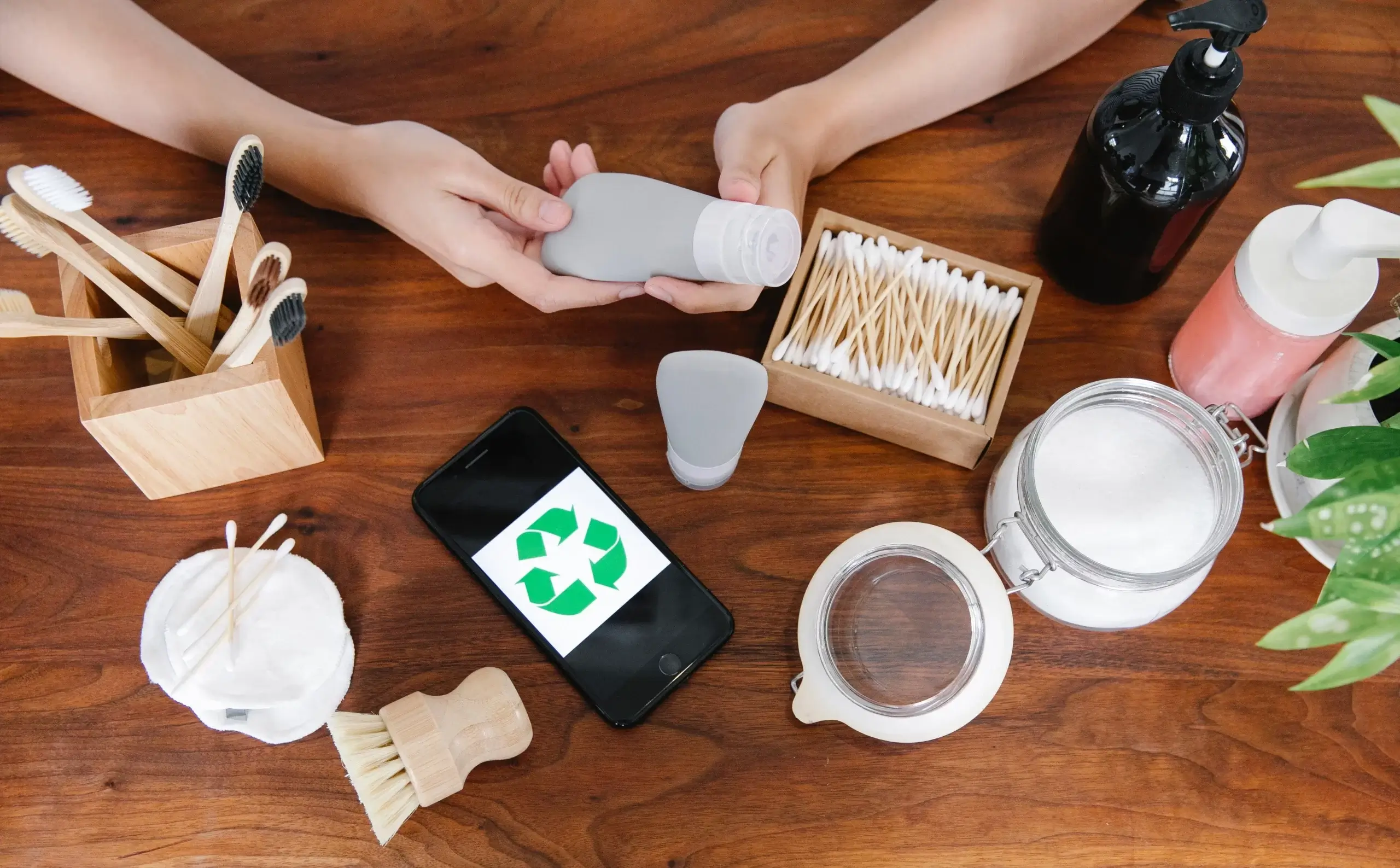
Are you tired of constantly producing mountains of waste every day, just to see it end up in land fills or polluting our gorgeous oceans and natural resources? It’s time to act and make a difference. Welcome to “The Ultimate Guide to Zero Waste Living”, where we look into the basics of sustainable living and explore methods to decrease our waste and carbon footprint.
We comprehend that in today’s hectic world, living a sustainable way of life can sometimes seem like a challenging job. Trust us when we say it’s not difficult. In this detailed guide, we cover everything you need to learn about zero waste living, from little daily changes to larger carbon-cutting impacts. We will teach you how to replace single-use plastics, what to look out for when going shopping sustainably, and far more.
By the end of this article, you will feel inspired and empowered to take the initial steps towards sustainable living. Together, let’s take a stand for our planet and develop a better future for generations to come. Join us as we discuss the ultimate zero-waste way of life.
Introduction to Zero Waste Living
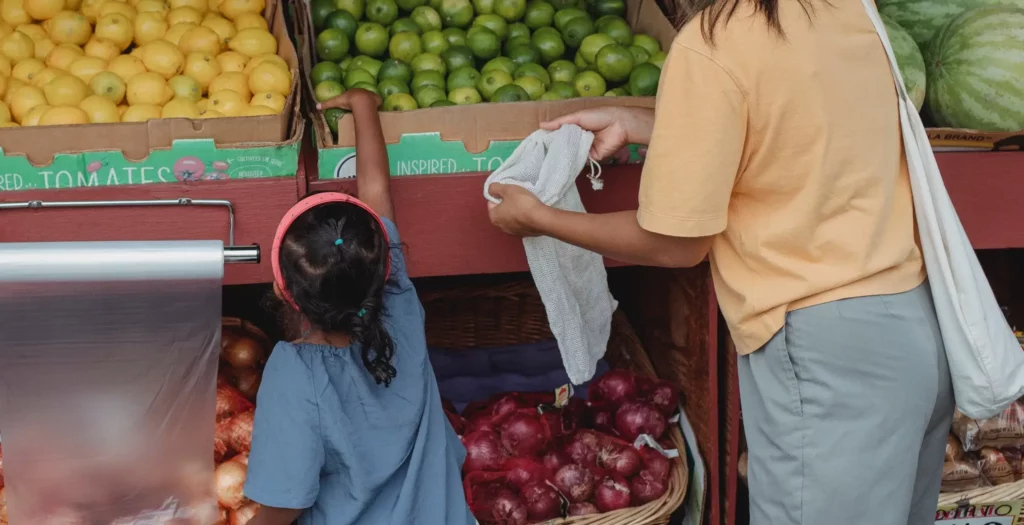
Living a zero waste way of life indicates lowering the quantity of waste you produce by picking to consume less and producing less garbage overall. It’s a way of life choice that has actually ended up being increasingly popular over the last few years as more people try to find methods to minimize their effect on the environment. Here’s what you require to know to start on your absolutely no waste journey:
1. The advantages of zero waste living:
By selecting to live a zero waste lifestyle, you can lower your environmental impact and promote a healthier, more sustainable future for our planet. Zero waste living can also assist streamline your life by decreasing mess, saving you money, and producing a much deeper sense of function and connection to your neighborhood.
2. How to reduce your waste:
The initial step towards zero waste living is to lower the quantity of waste you produce. This includes choosing to purchase items with less product packaging, avoiding single-use items like straws and coffee cups, and selecting reusable products like bags, bottles, and food containers. It’s also crucial to be conscious of your energy usage, by selecting energy-efficient appliances and shutting off lights and electronic devices when not in usage.
3. Sustainable shopping behaviors:
Shopping sustainably is an essential element of zero waste living. This means picking products and brands that focus on sustainability, such as those that are made with eco-friendly products and packaged in earth-friendly packaging. You can also go shopping at second-hand stores, farmers markets, and co-ops, which support regional companies and minimize your carbon footprint.
4. Composting and recycling:
While decreasing your waste should be the primary goal of zero waste living, it’s also essential to properly dispose of the waste you do create. Composting is an excellent way to minimize land fill waste and create nutrient-rich soil for gardening, while recycling assists divert waste from landfills and can conserve natural deposits.
5. Overcoming obstacles:
Transitioning to a no waste lifestyle can be challenging at initially, however with devotion and patience, it’s possible to make considerable changes with time. Some common challenges you might deal with include finding zero waste alternatives to daily items, dealing with limited access to bulk shops and composting centers, and getting rid of the convenience element of single-use products. However remember, every small change counts towards a more sustainable lifestyle.
Advantages of Zero Waste Living

Zero waste living is more than simply a trend. It is a lifestyle shift that can benefit you, your neighborhood, and the environment. Here are some advantages of zero waste living:
1. Minimized carbon footprint:
By reducing waste, you are also lowering the quantity of carbon emissions that contribute to climate change. According to a study, 4.4 pounds of waste is generated per person daily in the United States. By lowering waste, you are helping to lower greenhouse gas emissions triggered by the production, transportation, and disposal of waste.
2. Save cash:
Zero waste living can also conserve you money in the long run. By purchasing items in bulk, recycling products, and preventing single-use plastics, you can conserve cash on your grocery expense and everyday costs.
3. Protect resources for future generations:
When you lower waste, you are likewise maintaining resources for future generations. By adopting an absolutely no waste lifestyle, you are adding to a more sustainable future.
4. Promotes a sustainable lifestyle:
Zero waste living promotes a sustainable and conscious way of life. By being more mindful of your purchases and intake patterns, you are making a positive effect on the environment.
Zero Waste Ideas for Reducing Food Waste
Lowering food waste is among the most essential steps in accomplishing a zero waste way of life. Not just does it prevent ecological damage, but it can also save money and decrease food insecurity. In this area, we will discuss 3 absolutely no waste ideas for decreasing food waste:
1. Composting food scraps:
One efficient method to decrease food waste is by composting. Composting is the procedure of breaking down organic waste into nutrient-rich fertilizer. By composting food scraps, you can divert waste from land fills and create an important resource for your garden. Nearly 30% of the average American family waste can be composted.
2. Meal planning and buying just what you need:
Another method to minimize food waste is by planning your meals ahead of time and purchasing just what you require. Develop a grocery list and stick to it, avoiding impulse buys and excess food that may go to waste. You can also meal prep and freeze leftovers for later use.
3. Utilizing every part of the food:
Using every part of the food can also help in reducing food waste. Vegetable scraps can be used to make homemade vegetable broth, and meat bones can be used to make bone broth. Get imaginative and find ways to utilize all parts of your food to lessen waste.
Zero Waste Ideas for Reducing Plastic Waste
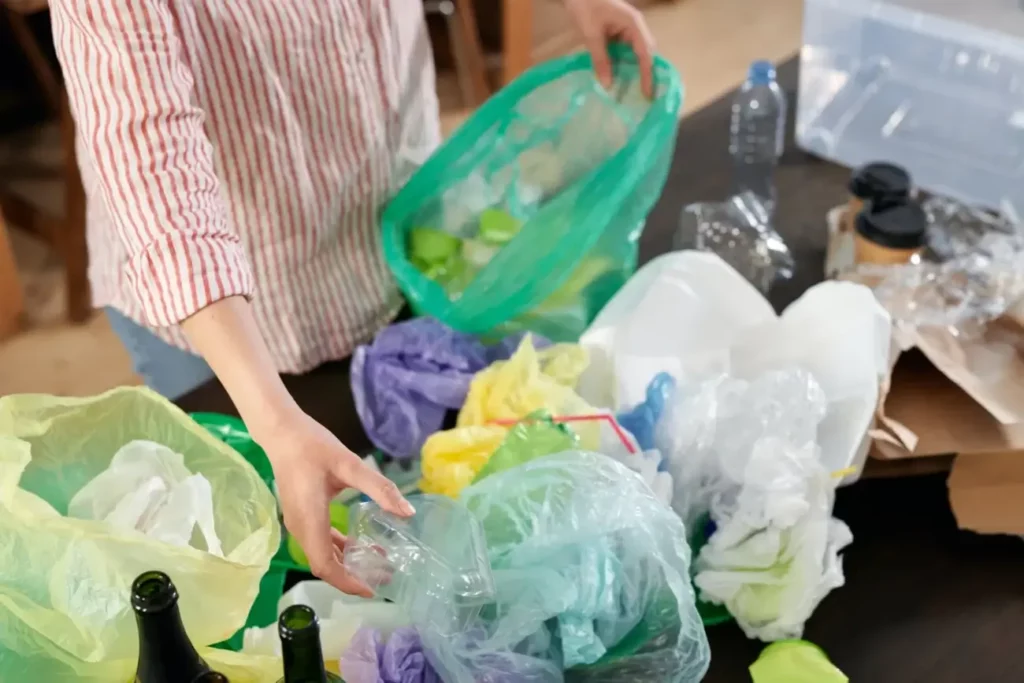
Plastic is a major contributor to waste in our environment, with plastic water bottles, single-use plastic products, plastic bags and packaging being among the largest perpetrators. Here are 4 zero waste ideas for reducing plastic waste:
1. Change to a reusable water bottle:
Plastic water bottles are a major source of waste in our environment. Changing to a reusable water bottle is an easy and effective method to minimize your plastic waste. Stainless-steel or glass water bottles are a fantastic environmentally friendly option that can last for many years.
2. State no to single-use items:
Single-use items like plastic utensils and straws may appear hassle-free, however they add to a significant amount of waste. When dining out or purchasing takeout, bring your own utensils and say no to single-use items. Choose a bamboo or metal straw over a plastic straw, which takes centuries to decay.
3. Bring your own shopping bags:
Plastic bags are not just an eyesore, but they also take centuries to decompose. Bring your own recyclable shopping bags to the supermarket or farmers market rather. You can even use mesh bags for fruit and vegetables to prevent plastic product packaging completely.
4. Prevent items with extreme plastic product packaging:
Numerous items are wrapped in unnecessary plastic product packaging. Take note of the product packaging of the items you purchase and select items with minimal or no plastic wrapping. Look for products that are available in glass or aluminum packaging, which can be recycled definitely.
Zero Waste Ideas for Reducing Paper Waste
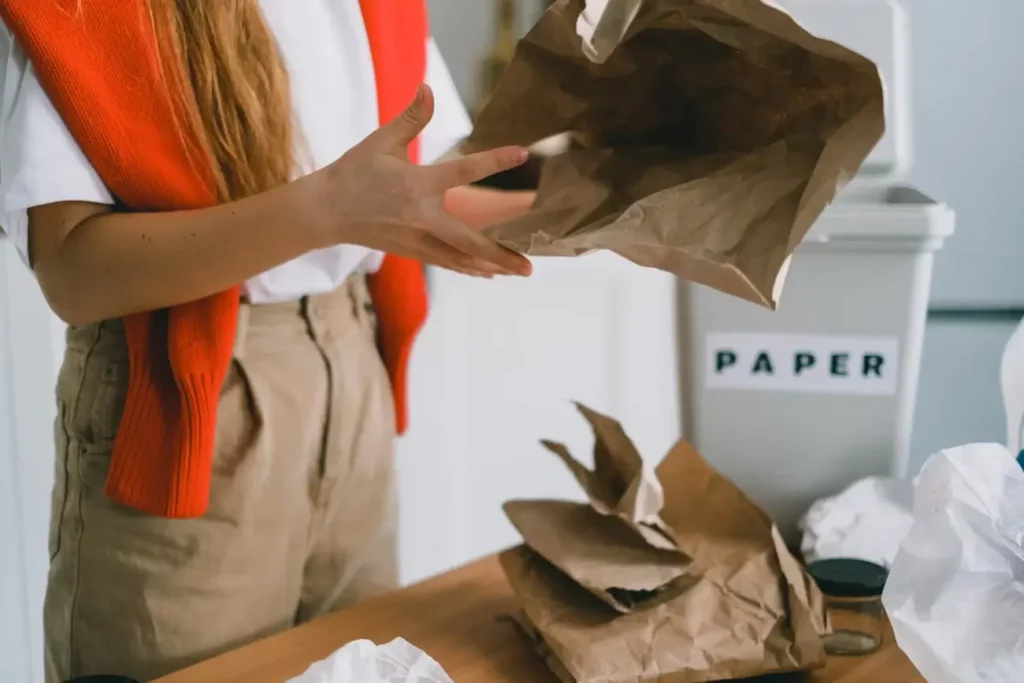
Zero waste living requires a holistic technique that involves decreasing waste in every aspect of life. Paper waste is a significant factor to environmental deterioration, and decreasing it is vital to living an absolutely no waste lifestyle. Here are 5 ideas for lowering your paper waste:
1. Change to reusable toilet tissue:
One of the most convenient ways to minimize paper waste is by changing to recyclable toilet paper. You may be questioning how that is possible; well, instead of using disposable toilet tissue, you can use fabric wipes or make your own wipes from an old shirt. This not just helps to decrease paper waste however also saves you cash in the long run.
2. Choose digital communications:
Another easy way to lower paper waste is to change to digital communications whenever possible. Usage email instead of sending out paper mail, and pick online billing and declarations instead of paper copies. This not only decreases waste however also saves money and time on postage and printing costs.
3. Use reusable notebooks:
If you enjoy writing down concepts and notes, think about utilizing multiple-use notebooks instead of conventional paper notebooks. These notebooks have pages that can be wiped clean and recycled several times, reducing paper waste and saving you money.
4. Print on both sides of the paper:
When you do require to print out documents or papers, ensure to print on both sides of the paper to reduce paper waste. You can also utilize smaller sized font sizes and narrow margins to fit more text on each page.
5. Recycle paper effectively:
Properly recycling paper is important to decrease waste and make sure that it can be reused in the future. Make certain to separate paper from other types of waste and place it in the designated recycling bin. It’s likewise important to keep paper tidy and dry to avoid contamination.
Also read: The Importance of Implementing the 5Rs of Waste Management
Zero Waste Ideas for Sustainable Shopping
Shopping sustainably is an essential part of zero waste living. By decreasing the quantity of waste you create through your shopping routines, you can make a substantial influence on the environment. Here are six zero waste ideas for sustainable shopping:
1. Shop in bulk:
When you go shopping wholesale, you can lower your usage of single-use packaging, such as plastic bags and containers. By bringing your own reusable bags, containers, and jars to the store, you can fill up on dry goods, such as grains, nuts, and vegetables, and prevent unneeded waste.
2. Choose reusable products:
Instead of utilizing non reusable items, opt for recyclable alternatives. Bring your own shopping bags, produce bags, and water bottles when you go out. This not only assists you decrease waste, but also saves you money in the long run.
3. Search for sustainable materials:
When searching for new things, look for products made from sustainable materials that have a lower environmental impact. For example, pick products made from bamboo, linen, or organic cotton, instead of plastic or synthetic materials.
4. Shop at second-hand stores:
By going shopping at second-hand shops, you can provide a new life to clothing and other items that might otherwise wind up in a land fill. In this manner, you can extend the life of products and reduce your environmental impact.
5. Purchase in-season fruit and vegetables:
Picking in-season fruit and vegetables minimizes the amount of energy and transportation required to bring food to your table. By choosing local produce, you support sustainable agriculture and reduce your carbon footprint.
6. Make your own products:
Making your own items, such as cleaning up materials or personal care items, can be an enjoyable and rewarding absolutely no waste activity. By utilizing natural and readily offered ingredients, such as vinegar or essential oils, you can reduce your usage of packaged items and create more sustainable options.
Zero Waste Ideas for Reusing and Repurposing Items
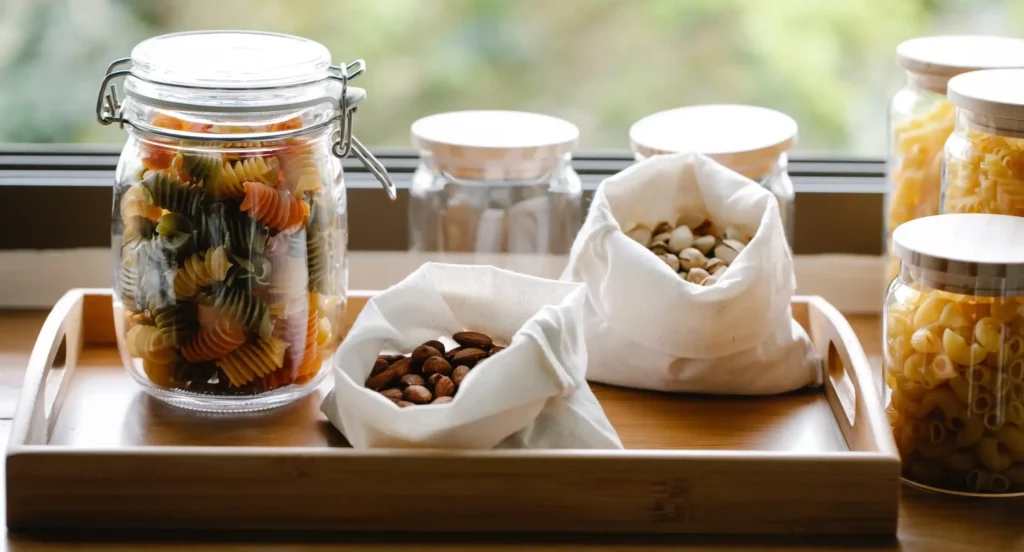
zero waste living suggests discovering innovative ways to reduce your waste and remove single-use items. One way to do this is by repurposing products you currently have in your home. Here are 7 zero waste ideas for recycling and repurposing typical household items:
1. Empty glass jars:
Instead of discarding your empty glass jars, clean them out and use them for storage. You can utilize them to keep pantry staples like grains, nuts, and seeds or as a container for homemade snacks.
2. Old T-shirts:
Do not throw away your old t-shirts! Rather, cut them up and use them as cleaning up rags or to change paper towels. You can even use them to make a reusable shopping bag.
3. Plastic product packaging:
Prevent purchasing items with excessive plastic packaging. If you do end up with plastic product packaging, wash and reuse it for storage or as a liner for your trash can.
4. Single-use products:
Find methods to change single-use products with more sustainable options. For example, use a reusable water bottle instead of disposable plastic bottles.
5. Food scraps:
Instead of tossing away food scraps, use them to make garden compost. Composting is a terrific method to lower your waste and create nutrient-rich soil for your garden.
6. Newspapers:
Instead of getting rid of old newspapers, use them as covering paper or as a mat for messy jobs like painting or DIY home improvement jobs.
7. Glass bottles:
Glass bottles can be reused in a range of ways. You can use them as vases, candle light holders, or even as a container for homemade cleansing options.
Joining the Zero Waste Movement
Joining the Zero Waste Movement is one of the very best decisions you can make for the world, as it provides wish for a more sustainable future. The bright side is, it’s easier than ever to get included and make a difference, specifically as social media platforms have actually made the zero waste movement more accessible to everybody.
If you’re itching to begin your zero-waste journey however do not understand where to start, fear not! Here are some useful actions that can help you begin minimizing your waste and end up being more included in the zero waste movement:
1. Follow zero waste bloggers and influencers on social media:
This will provide you a constant stream of motivation and concepts for zero waste living, in addition to connect you with similar people. Some excellent absolutely no waste supporters consist of Bea Johnson (@zerowastehome), Kathryn Kellogg (@going.zero.waste), and Lauren Singer (@trashisfortossers).
2. Go to zero waste occasions:
Numerous cities have Absolutely no Waste occasions like farmers’ markets or swap shops. Sign up with some groups on Facebook to learn about occasions held regarding this specific topic.
3. Share your journey online:
Sharing your experiences and journey with the zero-waste lifestyle is a fantastic way to motivate and get in touch with others. Who knows, you may even convince a friend or relative to try it out too!
4. Sign up with local zero waste groups:
There is likely a zero-waste neighborhood in your area, where you can meet others who share your passion for decreasing waste. Joining these groups could also lead to discovering more zero-waste stores and initiatives in your neighborhood.
5. Advocate for zero waste in your office:
Encourage your work environment to embrace zero-waste policies, such as utilizing multiple-use utensils or changing to LED lighting. Leading by example can also motivate your associates to be more conscious of their waste.
Remember, signing up with the zero waste movement doesn’t mean denying yourself of things you enjoy or entirely changing your lifestyle. It just needs a shift in frame of mind and incorporating little changes into your day-to-day routine. Always be open to discovering and exploring– you’ll be surprised at the favorable effect it can have on your life and the planet.
Also read: Zero-Waste Kitchen Swaps You Need to Make
Conclusion
Living a zero waste lifestyle is an achievable goal for those who want to make a positive impact on the environment. From reducing waste to shopping sustainably, there are plenty of ways to do your part in creating a more sustainable world. Start your zero waste journey today and join the thousands of individuals who are already making a difference.





